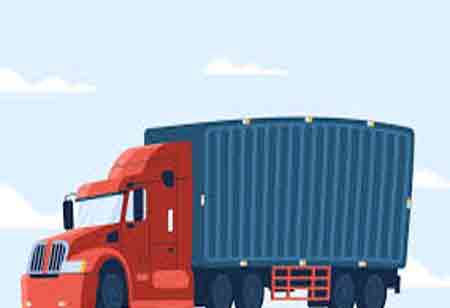A safety management system that involves all the functions, from vehicle maintenance and driver training to accident reporting, ensures that all responsibilities and standards are established. Audits and assessments help identify weaknesses in the system and areas for improvement, helping build discipline and commitment in the workplace. All these lead to higher compliance and responsibility.
Operations require constant training of all drivers concerning DOT compliance. This includes being updated on and aware of regulations, company policies, and other safety practices and procedures in place. Recurrent sessions encompass hours of service, load securement procedures, and vehicle inspection procedures. The latest training methods include simulation and online courses, and they keep the drivers entertained and refreshed on knowledge regarding the regulations. This will build a safety culture within the organization.
The trucking industry utilizes technology to ensure all DOT regulations are implemented and followed. Fleet management software offers the vehicle's actual performance, driver behavior, and maintenance report, hence monitoring hours of service compliance. GPS tracking systems improve routing efficiency, maximize compliance, and limit violations. Adopting technology is a significant factor in improving the efficiency and compliance of the trucking industry.
Vehicle checks and service are the basis for compliance and safety. If a regular maintenance system is to be created based on the DOT's requirements in place, equipment-related violations will be reduced to a minimum. Drivers are supposed to be trained on pre-trip inspections that will identify problems and fix them before takeoff. Creating documentation of these same inspections and servicing activities contributes to a verifiable record that is essential in case audits or inspections occur. Vehicle maintenance can thus help minimize breakdowns, accidents, and violations in compliance.
Achieving a culture of safety and accountability within the organization would significantly contribute to sustained compliance with the DOT. Open communication and non-retribution can be encouraged to allow employees to report any safety concerns or lapses in compliance without fear of retribution. Incentive-based reward systems for safe driving practices and compliance may influence drivers' motivation to adhere to regulations. Employees need to be involved in discussions regarding the high value of compliance to achieve the same level of commitment toward safety and accountability within the organization.
Department of Transportation established rules and best practices on which trucking companies rely. Compliance officers watch these changes and are members of and attend seminars with their industry associations. Good relations with regulators prove helpful for compliance, and discussing concerns during inspection or audit helps build goodwill. Being proactive about safety concerns contributes to a better business operating environment and goodwill in the industry.










